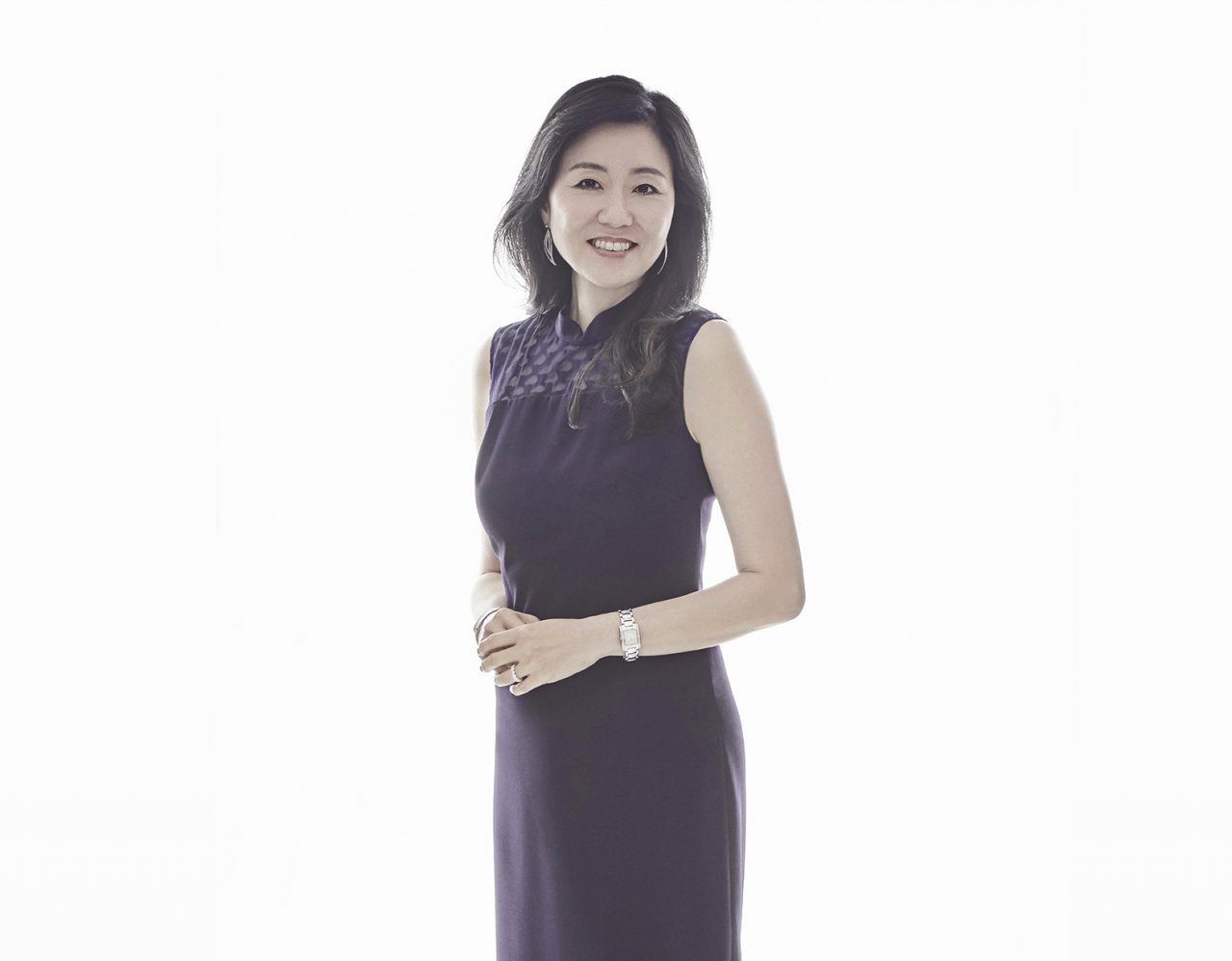
Korea-born, US-raised and Hong Kong-based Jeannie Cho Lee credits the release of her first book Asian Palate (2009) with starting the dialogue on wine pairing for Asian food. The book went on to take home the Best Food and Wine Pairing Book in the World at the Gourmand World Cookbook Awards in 2010. Her follow-up book two years later, Mastering Wine for the Asian Palate (2011), introduced a new set of Asia-centric wine descriptions – a first for the wine world. “When I was researching the book, I was hard-pressed to find information,” says the wine critic and educator who helped launch a Master of Science (MSc) in International Wine Management at Hong Kong Polytechnic University’s School of Hotel & Tourism Management where she is currently Professor of Practice (Wine).
Wine and Asian food pairing is a topic that’s close to her heart and underlines her work on the wine panel of Singapore Airlines. As much as wine is a part of her life, food is too. “I love all the different Asian cuisines. Therefore, thinking about how to pair wines with them comes naturally for me and has been part of my life for 30 years. I think it is important to keep it accessible so people feel comfortable talking about it,” says Lee.
When Lee sits together with the other wine experts on the panel, Michael Hill Smith and Oz Clarke every six months, tasting approximately 500 wines every session, looking for wines that would pair well with the Airline’s inflight Asian cuisine is also top of mind. “As half the menu selections are Asian, it is important that the wines selected are not aggressive or strong, but versatile and fresh. The wine should be able to move from a Shanghainese dish, for instance, to an Indian one,” she says.
There has been a subtle shift in the type of wines selected for the changing inflight menus, according to Lee. “We have started introducing New World pinot noir on selected routes in recent years. We have the traditional options such as Grand Cru Burgundy and Australian shiraz, but I’ve been advocating the pinot noir,” she says. “It is refreshing, medium-bodied and forms part of the dish, but is not the main event. Moving forward, we are hoping to introduce more grape varieties and styles that are suited to Asian cuisine.”
SEE ALSO: Interview with chef Matt Moran: from paddock to plane
What should people consider when they’re thinking of a wine to pair with their food? “Think of it like ballroom dancing: one should lead, and another should follow. It is never a 50-50 relationship,” Lee explains. “For instance, if you’re going for a dinner in Chengdu, where there are a lot of spicy, palate numbing dishes, you should opt for a tannic red wine that exaggerates the chilli, than one that blocks it out.”
Flying frequently to fulfil her speaking engagements and consultancy work – including creating dream cellars and memorable wine events – Lee always opts for the Asian dishes on board for the diversity they offer. “If it is breakfast, I normally have dim sum. For lunch or dinner, I might have a rice-based dish, and pair it with champagne. A glass of bubbly also goes well with a meal that features seafood. If it is a short flight and I’m on a business trip, I might have a Selbach Riesling before we land. It has a low alcohol content of less than 10 per cent so I can enjoy a glass of wine before I hit the ground running.”
SEE ALSO: Interview: Chef Suzanne Goin brings Los Angeles’ clean flavours on board
To the question as to whether she considers herself an expert on wine and Asian food pairing, Lee smiles and says, “To me, it is an everyday experiment. I live it, rather than regard it as a mission. I’m still trying to learn and I also want to update my Asian Palate book.”
– TEXT BY LOW SHI PING
PHOTOGRAPHY: TAN WEI TE, ART DIRECTION: NG SAY LEE, GROOMING: ADELENE SIOW, HAIR: ANNIE TAY
This article was originally published by Singapore Press Holdings.






